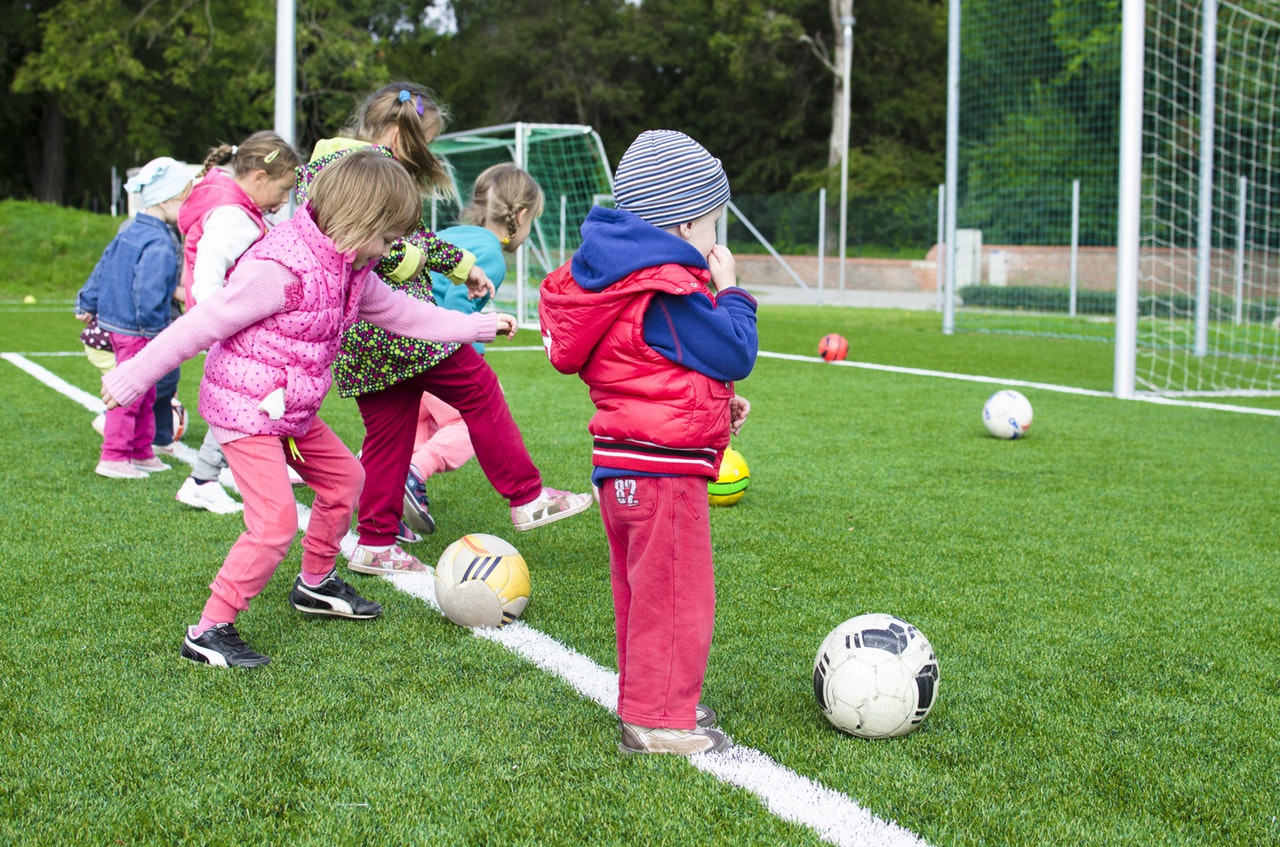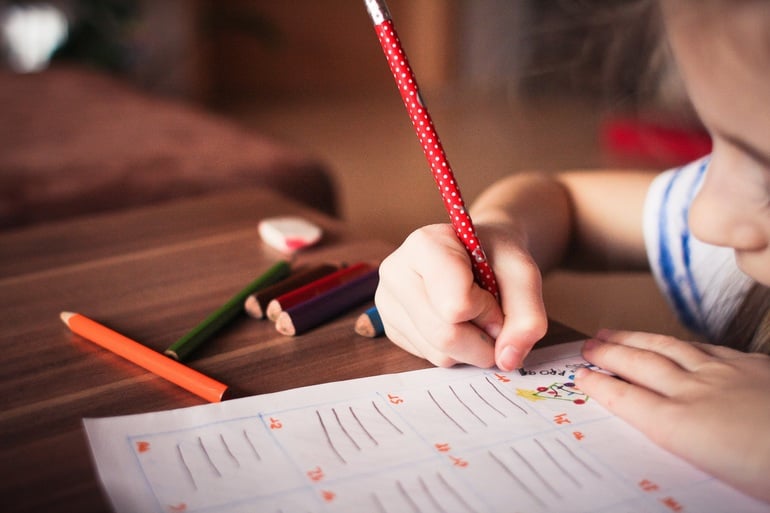
What is dyspraxia?
Dyspraxia, a form of developmental coordination disorder (DCD), is a common neurological disorder that affects fine and/or gross motor coordination, and sometimes speech, perception, and memory. Children with dyspraxia generally show no outward signs of having a disorder, but it can become more apparent when trying to start or finish a particular task.
What is praxis?
Praxis is the ability to figure out how to use our hands and body in skilled tasks. Jing Chui, occupational therapist with ELG explains, “Praxis involves using tools, such as a pencil or a fork; building a structure, such as with wooden blocks; or straightening up a room. Children with dyspraxia experience difficulties in key areas, from their initial thoughts about their surroundings, to their efforts to complete a task.”

Components of praxis include:
1. Ideation: The ability to recognize the environment and objects in the environment, and know what to do with them. Children with dyspraxia struggle to engage with objects in their environment.
2. Planning: Organizing actions and coordinating two parts of your body. Children with dyspraxia may not know how to organize their body to carry out a motor plan.
3. Execution: The ability to actually do an activity. Children with dyspraxia may show frustration and not know how to start an activity or what to do next.
What are signs of dyspraxia in children?
“Symptoms of dyspraxia vary by age and severity, and individuals may not show all of the symptoms,” explains Jing. Children with dyspraxia often experience challenges with self-care, as well as tasks related to school and play, including the following:
Babies and toddlers
-
Sitting
-
Crawling
-
Standing
-
Speaking
Early childhood
-
Using tableware and feeding oneself
-
Brushing teeth, tying shoes, fastening clothing
-
Using scissors, coloring, drawing, writing
-
Movements such as jumping, skipping, catching or kicking a ball
-
Moving without bumping into or tripping over things
-
Learning new activities
-
Processing thoughts
School-age children
-
Earlier symptoms and challenges do not improve much
-
Doesn’t participate in sports
-
Struggles with movements such as jumping, skipping, catching or kicking a ball
-
Math and writing are challenging
-
Has difficulty following and remembering instructions
-
Shows poor organization skills
-
Prefers learning one-on-one
An occupational therapist can evaluate how a child handles everyday activities at both home and school. With early diagnosis and the appropriate support and therapy, children with dyspraxia can develop the skills they need to complete daily activities and experience ongoing success.

